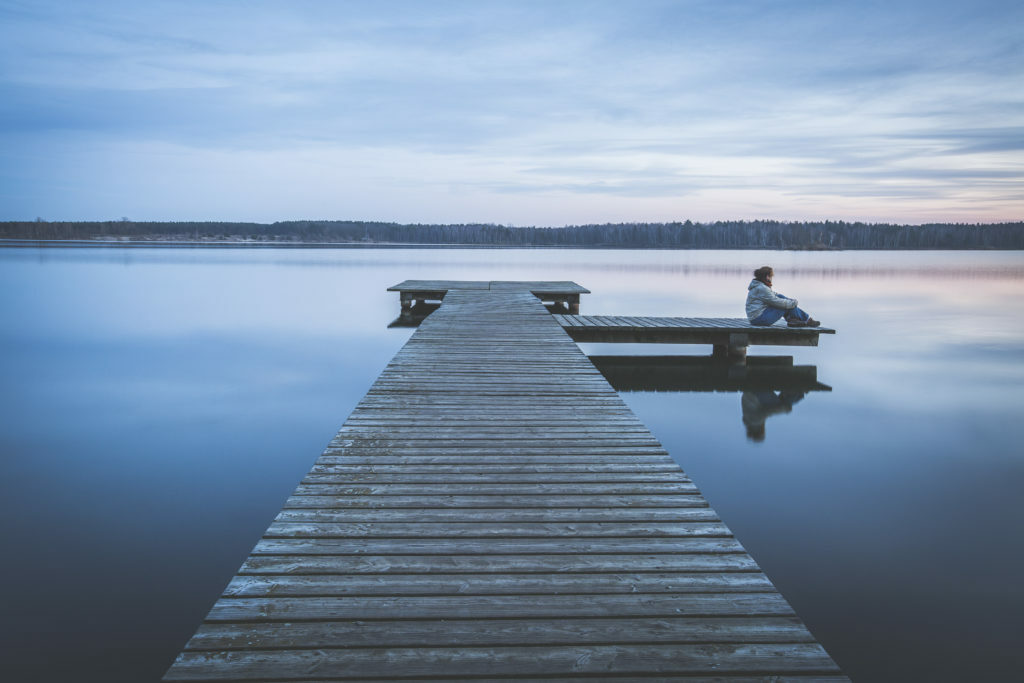Between the 5 p.m. sunsets and sub-freezing temperatures, it can be challenging to maintain a cheery disposition during the winter months. But, what happens when these feelings transcend the typical ‘winter blues’? Sometimes, these factors can reveal a deeper struggle.
For some people, seasonal changes bring low energy, difficulty sleeping and feelings of depression. These symptoms are just a few of those attributed to Seasonal Affective Disorder (SAD) – a type of depression that’s related to changes in season. In addition to the symptoms already listed, some people face weight gain or overeating, Vitamin D deficiency, craving carbohydrates, or the tendency to oversleep.
What is behavioral health?
Harley Hawkins, a behavioral health consultant at Spira Care Liberty, explains behavioral health as something we all have. As emotional beings, we all have behavioral health.
Challenges like stress, obesity, or anxiety usually ignite emotional responses and impact our feelings and how we handle the situation moving forward. Responses to these circumstances are usually brought on by physical and mental factors, meaning that they require a unique treatment that deviates from traditional primary care or psychological care.
How are Seasonal Affective Disorder and other behavioral health issues treated?
At Blue KC, we view behavioral health care as a pathway to happiness. It’s a way to provide members with the tools they need to develop healthier behaviors to address some of their more trying issues.
“At Spira Care, we help our members develop healthier behaviors that would address issues like obesity, diabetes, anxiety or stress,” Hawkins said. “There are certain things that we can do that affect these feelings or conditions that people are going through.”

Behavioral health veers off from traditional psychotherapy to create a more holistic approach to treatment. It recognizes the link between a person’s physical and mental health and uses this knowledge to effectively address physical issues through behavioral health strategies.
In addition to behavioral therapy, Seasonal Affective Disorder can be treated using a few other approaches worth noting:
- Light Therapy: Also called “phototherapy,” light therapy aims to increase someone’s exposure to sunlight through use a special light box. It is meant to mimic natural outdoor light which appears to change brain chemicals linked to mood.
- Medication: If symptoms are severe, some individuals benefit from antidepressant treatments.
- Mind-body connection: Relaxation techniques like yoga or tai chi, meditation, guided imagery and music or art therapy help some people cope with Seasonal Affective Disorder.
Hawkins suggests that people who struggle with Seasonal Affective Disorder be proactive. Although exercise and diet cannot solve the problem entirely, they can often help to mitigate symptoms. “Be active, eat well, and make a commitment to yourself,” he said. He also stressed the fact that, when untreated, Seasonal affective disorder can often evolve into major depressive disorder.
Although 80 percent of people need help with behavioral health at some point in their life, only 15 percent actually seek treatment and get the help that they need. That’s why Blue KC wants all of its members to know that they have options. Seasonal affective disorder is treatable and, as a Blue KC member, you have access to providers who can help you identify a treatment option that can work for you.

